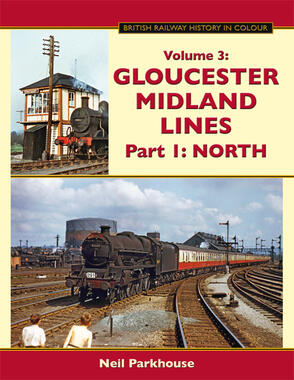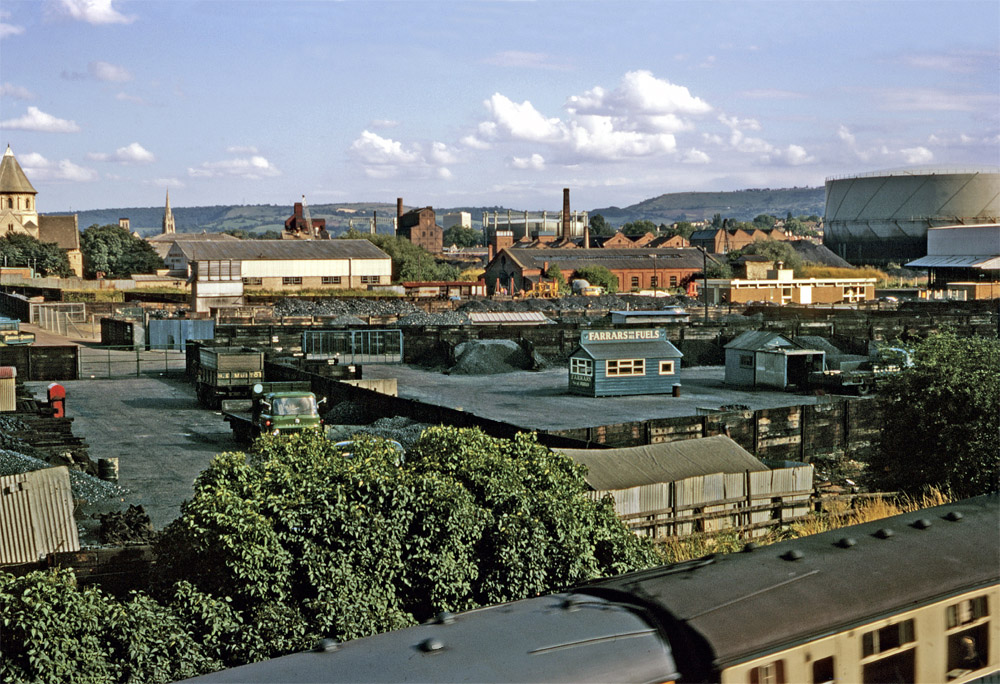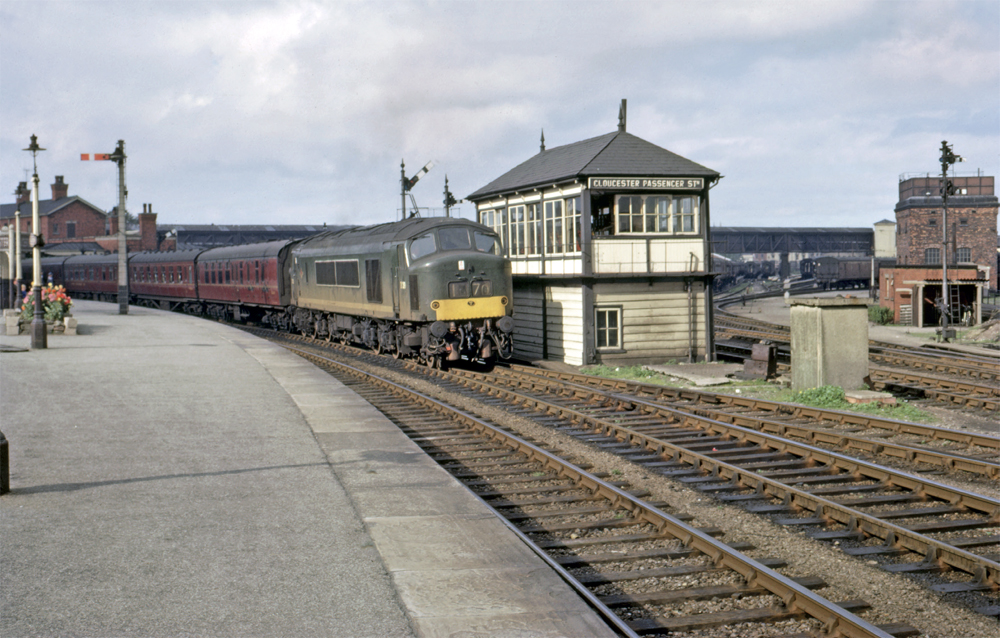Gloucester Midland Lines Part 1 : North

Gloucester Midland Lines Part 1 : North
Neil Parkhouse
280 pages. 275x215mm. Printed on gloss art paper, casebound with printed board covers.
ISBN13 : 9781911038184
£30.00
sold out
Neil Parkhouse
280 pages. 275x215mm. Printed on gloss art paper, casebound with printed board covers.
ISBN13 : 9781911038184
£30.00
sold out
Our journey begins at Bournemouth West, joining the L&SWR main line at Branksome, passing through Poole and heading north to Broadstone Junction where the Somerset & Dorset’s own metals commenced, and then on to Blandford Forum before reaching Templecombe where the Somerset & Dorset crossed the L&SWR main line to the west country. Trains calling there used a platform in the L&SWR station, requiring some unusual shunting manoeuvres that kept enthusiasts entertained right up until closure.


Gloucester Midland Lines Part 1 : North - Sample Images

Cheltenham. An unusual and hugely interesting view, looking south east from Tewkesbury Road Bridge, over the main line of the railway in the foreground and showing the coal depot beyond, in October 1969. The offices and yard of Farrars Fuels are prominent on the right, painted blue and with matching lorries in evidence. This long established company began trading in the Stroud area in the first half of the 19th century and by the 1920s also had premises in Gloucester, Cirencester and Cheltenham. On the left is the yard of H.E. Mustoe, who painted their lorries green. On the far side of Farrars' yard, is Thrutchley & Co. Ltd's coal distribution depot, opened in August 1967. This whole site today has been redeveloped with a range of large retail and business units. The red brick building in the centre right distance is the old Midland & South Western Junction Railway (M&SWJR) engine shed and beyond it can be seen the part demolished gas works. The large holder on the right is the one that features in the bottom picture on page 163. On the left of the picture, St. Peter's Church is partly in view. Founded in 1849, it closed as a church circa 2008 but the building is Grade II listed and is now in use as a religious youth centre.

Peak' No. D39 at Eastgate in June 1963, with what is likely to be, despite the missing digit, train No. 1N70 again. New in July 1961, the Type '4' was a Bristol Bath Road engine at this date but belonged to the Nottingham Division by the time of its reclassification and renumbering in January 1975, to Class '45' No. 45033. Withdrawn in February 1988, it was not broken up until 1992. Rather than the full two-tone green livery applied to some diesel classes, the 'Peak's were painted all over dark green apart from a pale green band low down on the body sides, as clearly displayed here, beneath the layer of dirt, by No. D39.
